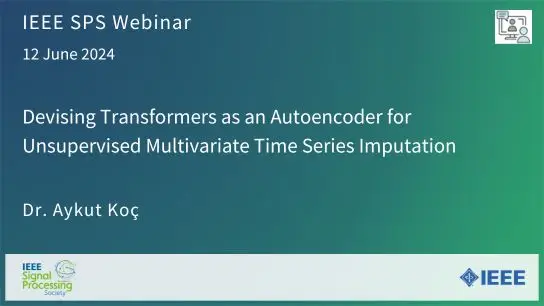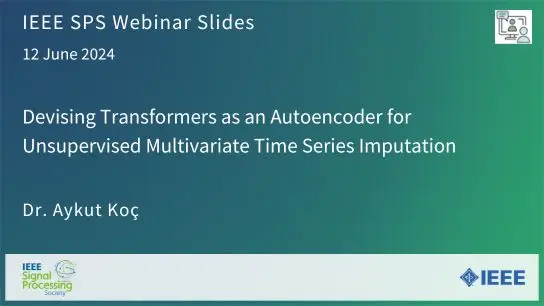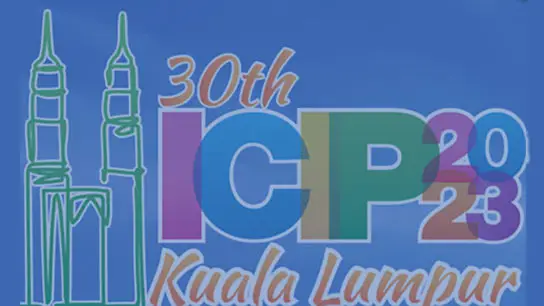FACET-LEVEL SEGMENTATION OF 3D TEXTURES ON CULTURAL HERITAGE OBJECTS
Iyyakutti Iyappan Ganapathi, Syed Sadaf Ali, Muhammad Owais, Neha Gour, Sajid Javed, Naoufel Werghi
-
Members: FreeSPS
IEEE Members: $11.00
Non-members: $15.00
Poster
10 Oct 2023
Textures in 3D meshes exhibit intrinsic surface variations and are indispensable for various applications, such as retrieval, segmentation, and classification of sculptures, artifacts, and paintings. A 3D texture pattern is a locally repeated surface variation independent of the surface's overall geometry and can be determined using the local neighborhood and its characteristics. Texture analysis typically employs computer vision techniques that analyze the entire 3D mesh, derive hand-crafted features, and then utilize the derived features for retrieval or classification. Several traditional and learning-based techniques exist in the literature on surface variations; however, textures are the subject of limited works. We propose a binary classification framework at the facet level for classifying texture and non-texture regions on 3D surfaces. An image sequence is generated at each facet, which serves as input to a deep vision transformer. To generate images at each facet, we construct a grid where each cell is filled with the geometric properties of its neighboring facets. We evaluated the proposed method using two datasets with diverse texture patterns, and the results are encouraging.


